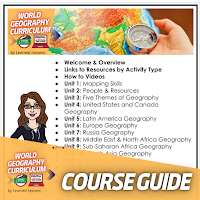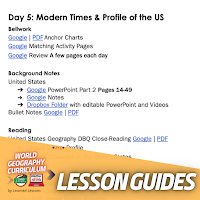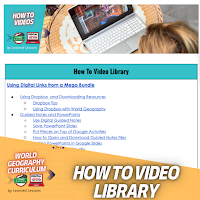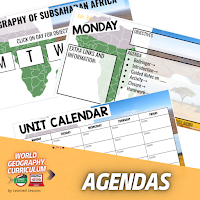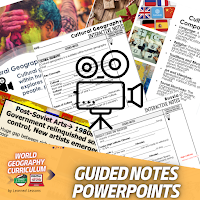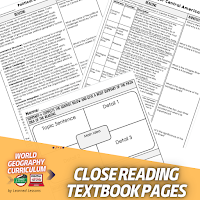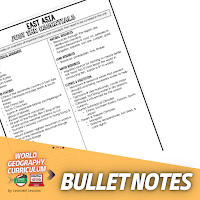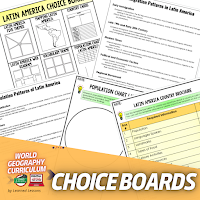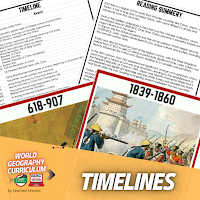Bring Modern U.S. History to Life with This Interactive Biography Research Bundle!
Looking for an engaging and flexible way to teach biography research in your American History class? Whether you're in a traditional classroom or teaching digitally through Google Classroom, this American History Part 2 Biography Research Bundle is the perfect solution!
🎯 Click Here to Grab the American History Biography Bundle Now!
What’s Inside?
This bundle is packed with versatile activities that allow students to explore the lives and legacies of key historical figures who shaped modern America. It includes:
✅ Biography Research Profile Page
✅ Biography Bookmark Brochure
✅ Biography Pop-Up Foldable for Interactive Notebooks
✅ Writing Extension with Checklist and Notes Page
✅ Poster Pennant for Classroom Decor
✅ Digital Google Slides Links for Every Activity
You’ll receive both printable PDFs and digital Dropbox & Google Classroom links, making this perfect for in-person instruction, remote learning, or a hybrid model.
Featured Figures:
Your students will explore a diverse and inspiring lineup of American changemakers, including:
-
Chief Joseph
-
Thomas Edison
-
Walt Disney
-
Henry Ford
-
Malcolm X
-
Michelle Obama
-
Booker T. Washington
-
Martin Luther King Jr.
-
Frederick Douglass
-
Sandra Cisneros
-
Rosa Parks
-
Jackie Robinson
-
And many more!
Over 50 notable individuals are included—perfect for differentiated instruction, group projects, or biography fairs.
Why Teachers Love It:
-
Great for American History Projects
-
Ideal for Interactive Notebook Entries
-
Supports Digital Learning in Google Classroom
-
Reinforces Research and Writing Skills
-
Doubles as Classroom Decor with the bonus poster pennant!
🎯 Click Here to Grab the American History Biography Bundle Now!
Expand the Learning Even Further!
Love this bundle? It’s also part of my Modern American History MEGA Bundle, which takes students on a journey from the Western Frontier to the 21st Century. Explore all my MEGA Bundles:
📚 Civics and Government MEGA Bundle
📚 Economics/Free Enterprise MEGA Bundle
📚 American History MEGA Bundle Colonial US to Reconstruction
📚 American History MEGA Bundle Western Frontier to President Trump
📚 World History Part 1 MEGA Bundle
📚 World History Part 2 MEGA Bundle
📚 Physical Science MEGA Bundle
Follow for Updates!
💡 Stay connected and be the first to know when new resources are added. Follow my store for more American History resources, interactive classroom tools, and Google Classroom activities that make learning fun and meaningful!
🎯 Click Here to Grab the American History Biography Bundle Now!
Let your students dive into history through the lives of the people who made it. Start your biography project today!











